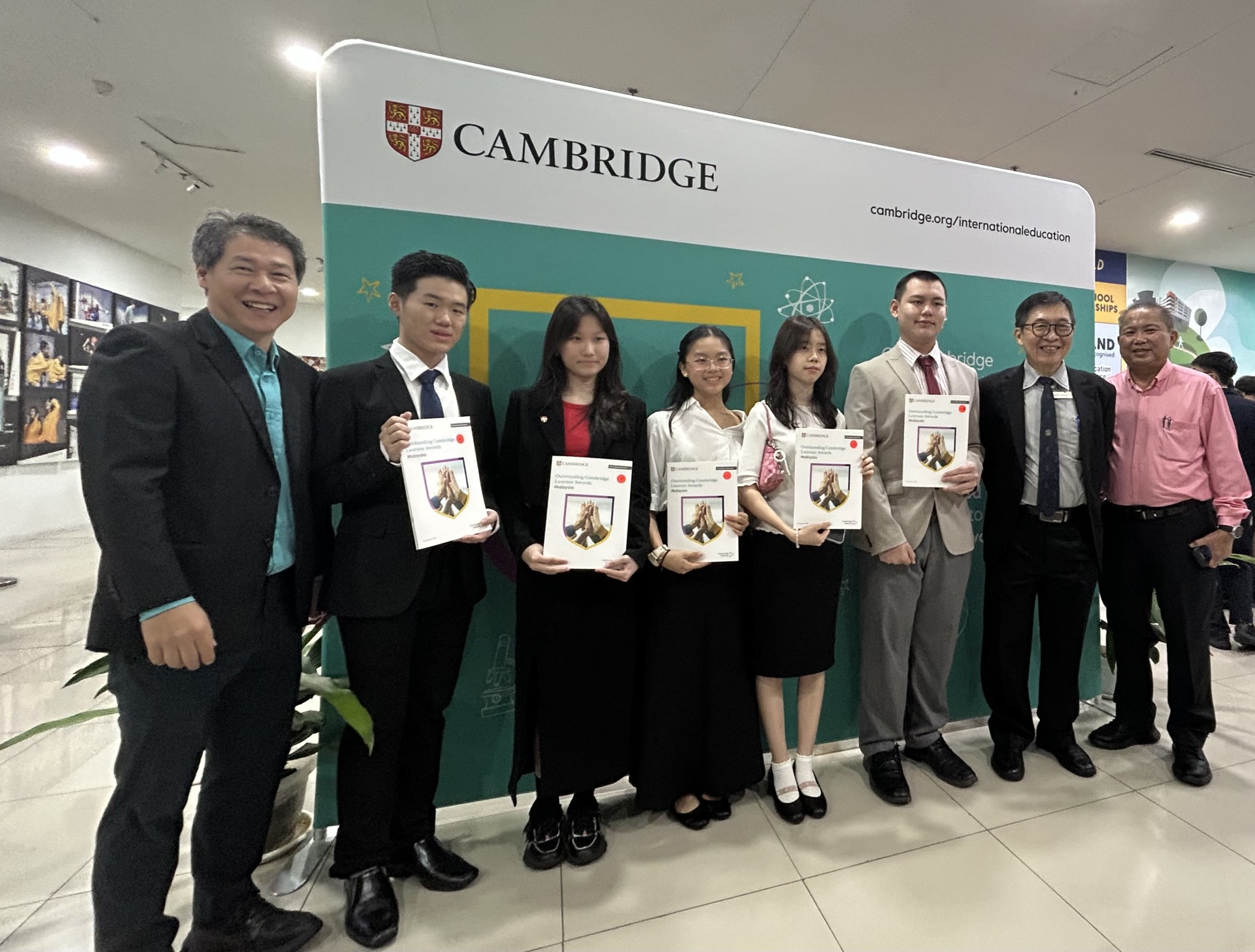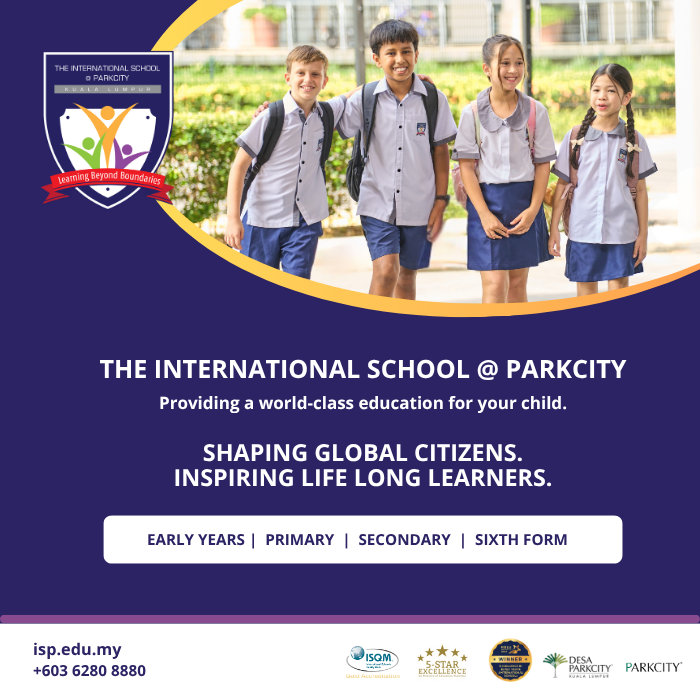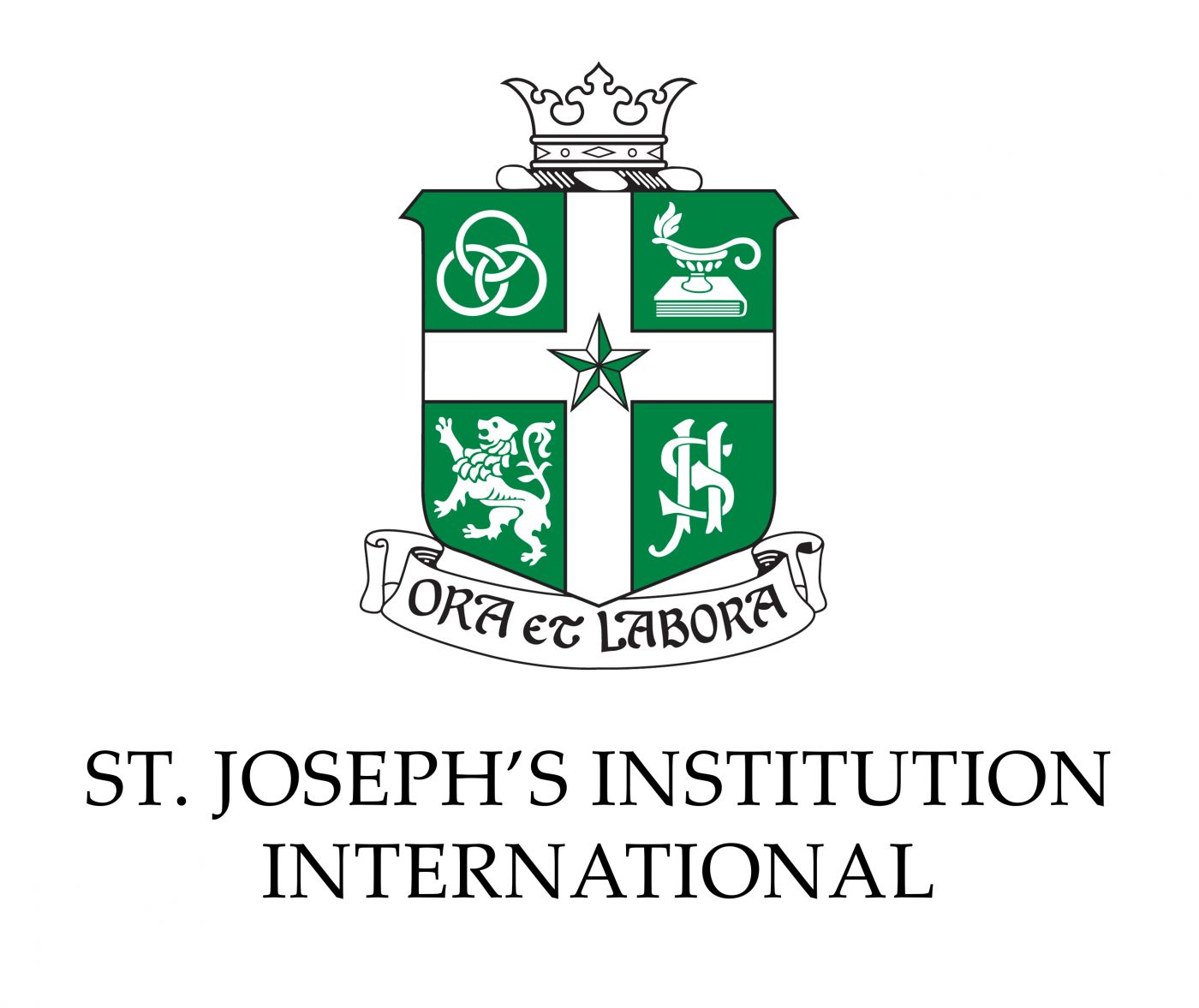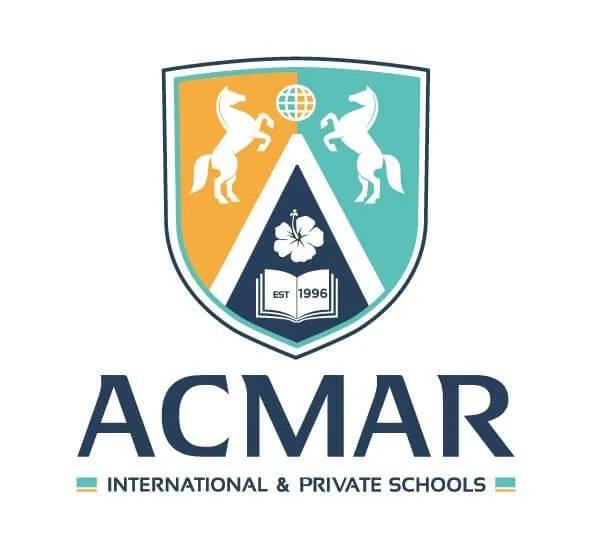As parents increasingly recognize the importance of creative education in developing well-rounded individuals, international schools across Malaysia are stepping up to provide comprehensive arts programmes that go far beyond traditional classroom learning. A recent survey of leading international schools reveals an inspiring landscape of creative opportunities that are shaping the next generation of innovative thinkers and artists.
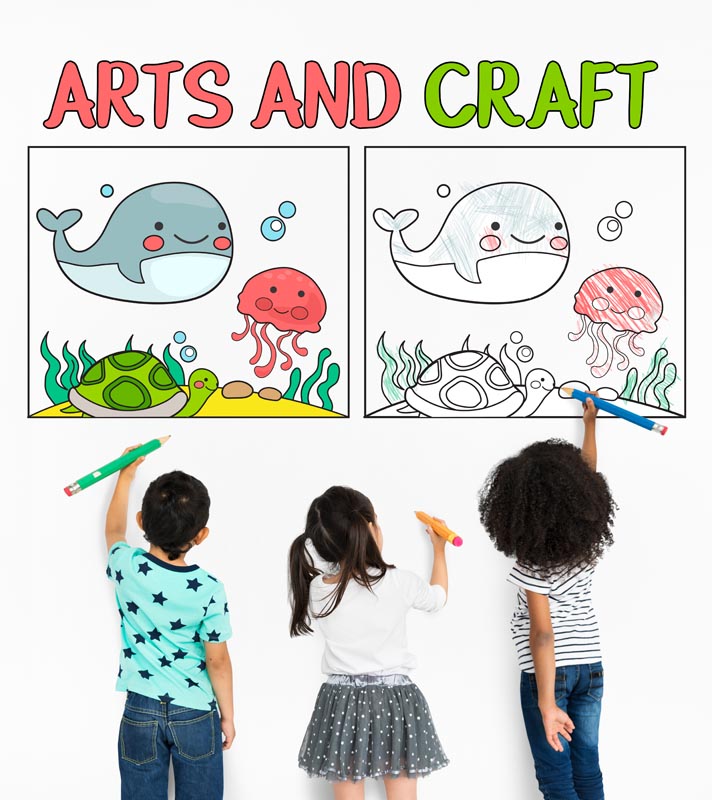
Early Foundation: Starting Young with Creative Expression
One of the most encouraging findings is that creativity isn’t treated as an afterthought in Malaysian international schools. The majority of institutions in our survey begin nurturing artistic talents as early as kindergarten level, with schools like Seven Skies International School and HELP International School offering structured arts programmes from the very beginning of a child’s educational journey. This early exposure allows children to develop their creative confidence alongside traditional academic skills, creating a strong foundation for future artistic pathways.
Comprehensive Programmes: Beyond Traditional Art Classes
What sets these international schools apart is their holistic approach to arts education. Rather than limiting creativity to a single weekly art class, schools like Nilai International School offer students exposure to arts programmes at a minimum of twice per week, while Epsom College Malaysia provides structured sessions in the arts throughout the week.
The diversity of programmes is equally impressive. Schools are offering everything from traditional visual arts and drama to cutting-edge digital art, animation, and filmmaking. Soka International School Malaysia stands out with its integration of both local and international cultural arts, incorporating traditional Malaysian music such as gamelan and kompang alongside global artistic traditions.
State-of-the-Art Facilities: Investing in Creative Infrastructure
The commitment to arts education is evident in the substantial investments these schools have made in creative facilities. Most schools in our survey offer dedicated art studios, music rooms, and dance studios, but many go well beyond these basics. HELP International School features black box theatres and a fully equipped green room complete with green screen technology for video production and podcasting, while Epsom College Malaysia offers recording studios alongside their traditional creative spaces.
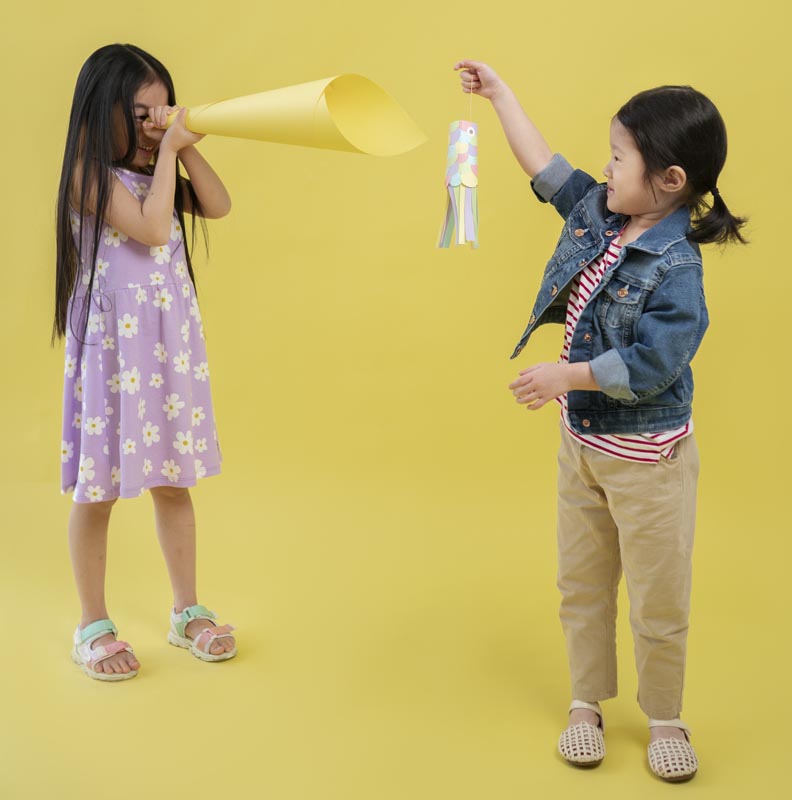
Cross-Disciplinary Innovation: Where Art Meets Science
Perhaps one of the most exciting developments is the emergence of cross-disciplinary projects that combine creativity with other academic areas. Schools are pioneering STEAM (Science, Technology, Engineering, Arts, and Mathematics) initiatives that challenge students to think beyond traditional subject boundaries.
Spectrum International School exemplifies this approach with their STEAM programmes, while HELP International School creates thematic units through their International Primary Curriculum (IPC) that naturally integrate art, science, history, and technology. Students might find themselves creating mixed-media sculptures while studying materials in a science class, or designing eco-friendly architectural models that combine engineering principles with aesthetic design.
Developing Critical Thinking Through Creative Expression
The benefits of arts education extend far beyond artistic skill development. Schools consistently report that creative programmes have been instrumental in developing critical thinking and problem-solving abilities. As noted by a representative from Nilai International School, "Our artistic processes often involve experimenting with new ideas, materials, and techniques, prompting students to think outside the box and develop unique solutions."
Drama programmes, in particular, are proving effective in developing quick thinking and adaptive skills. Epsom College Malaysia highlights how "improvisation and role play demand quick thinking and the ability to respond to new situations," while ensemble work promotes active listening and collaborative problem-solving skills.
Cultural Integration: Celebrating Diversity Through Arts
Malaysian international schools are uniquely positioned to celebrate both local heritage and global diversity through their arts programmes. This cultural integration is evident across multiple institutions, with schools, for instance, incorporating traditional Malaysian art forms, like batik painting and cultural dances, while at the same time exposing students to international artistic movements and traditions.
Soka International School Malaysia demonstrates this beautifully through their multicultural approach, featuring traditional Malaysian music and dance forms during school events, while also creating mixed-media artwork that combines Malaysian batik motifs with global artistic styles. Spectrum International School, as an Islamic institution, shows how religious values can be thoughtfully integrated into arts education, with a focus on "artistic themes inspired by nature, flora, Islamic calligraphy, and other similar patterns."
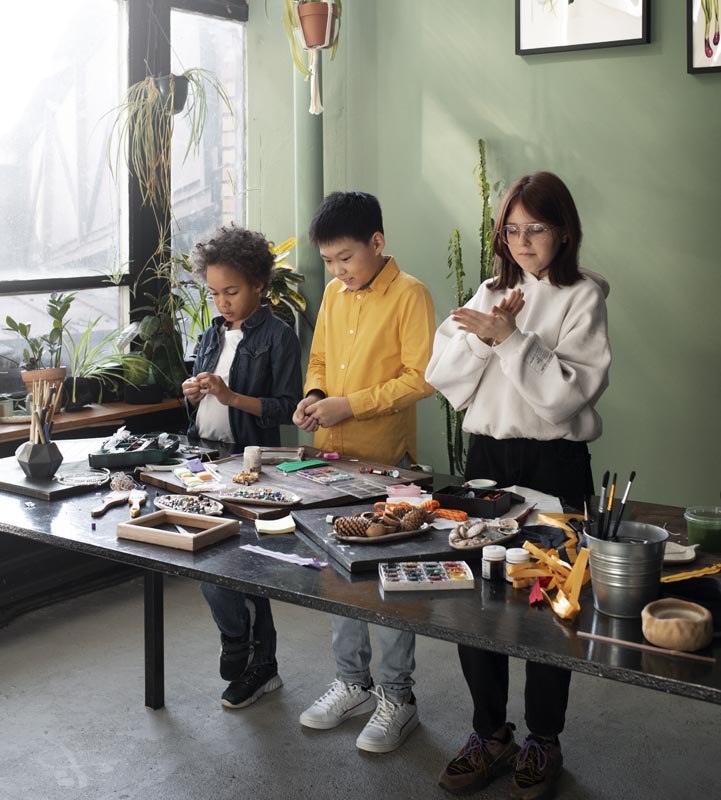
Student Voice and Original Creation
Encouraging student creativity and original work is a priority across these institutions. While schools often use professionally licensed scripts for major productions, many encourage creative adaptations and original work. HELP International School, for example, allows students to make thoughtful adaptations of familiar stories, offering, for instance, their version of Peter Pan where "Wendy’s loyal companion wasn’t a dog - but a cat!" This approach ignites the imagination, fosters originality, and enables students to claim ownership of these artistic endeavours.
Supporting Future Artists: Pathways to Creative Careers
Students with serious artistic aspirations will discover that, most of the international schools provide comprehensive support for creative higher education. Career counsellors and art teachers offer personalized mentoring, helping to identify student strengths and guide them toward universities offering courses aligned with their artistic interests. Support includes portfolio development, university application assistance, and connections with higher education representatives who conduct sessions offering information and advice and make campus visits. Such dedicated guidance has resulted in students successfully gaining acceptance to prestigious creative institutions worldwide.
Technology Integration and Professional Exposure
The integration of technology in arts education is helping prepare students for the increasingly digital creative landscape. Schools are incorporating digital art, animation, podcasting, and even AI-assisted digital music creation into their curricula. As Epsom College Malaysia notes that they’re exploring “digital art, digital music using AI,” while Nilai International School emphasizes the "use of IT to design art" in their cross-disciplinary projects.
Many schools also enhance the quality of their programmes by bringing in visiting artists, performers, and creative professionals, and in so doing provide students with real-world perspectives on creative careers and professional standards.
Building Tomorrow’s Creative Leaders
The comprehensive approach to arts education in Malaysian international schools is producing well-rounded individuals equipped with creativity, critical thinking skills, and cultural awareness. These programmes recognize that in our rapidly changing world, the ability to think creatively, adapt quickly, and collaborate effectively are essential skills for success in any field.
By starting early, providing excellent facilities, encouraging cross-disciplinary thinking, and supporting individual artistic journeys, these schools are not just teaching art – they’re nurturing the innovative mindset that tomorrow’s leaders will need.
Acknowledgments
We extend our heartfelt gratitude to the following international schools for participating in this survey and sharing insights into their exceptional arts programmes:
- Epsom College Malaysia
- Fireflies Early Years School
- HELP International School
- Nilai International School
- Seven Skies International School
- Soka International School Malaysia
- Spectrum International School
Their commitment to fostering creativity and innovation in education is truly inspiring and serves as a model for educational excellence in the region.















![[St. Joseph’s Institution International School Malaysia] The Lasallian Education Ethos for a Better Future - Gratitude and Giving](https://mint-edm.sgp1.digitaloceanspaces.com/production/PPIxso2IiVm1U64SEHCuXjI03yE7Rg.jpeg)


